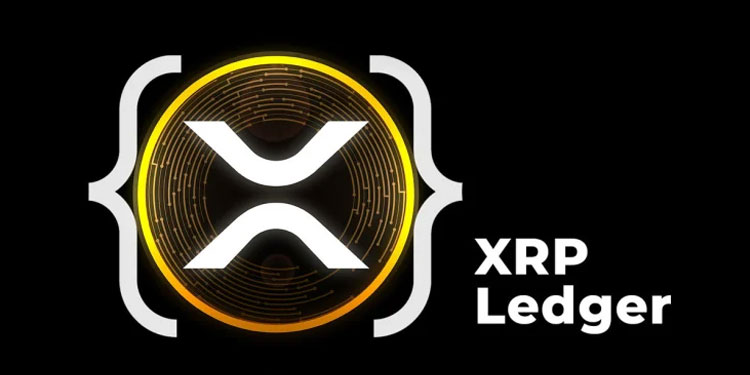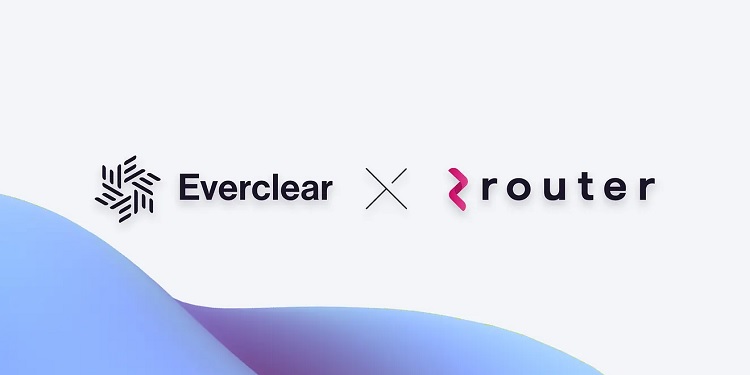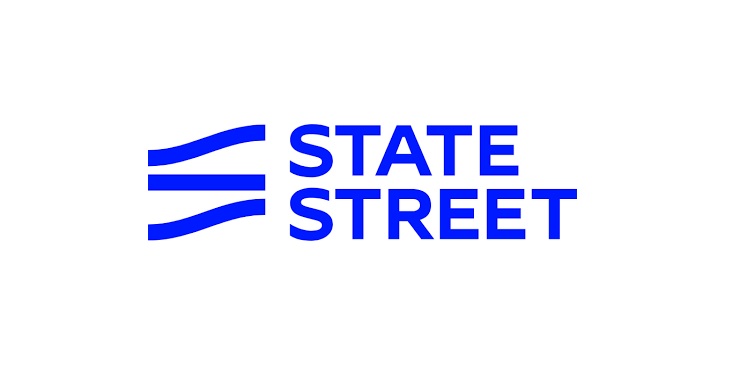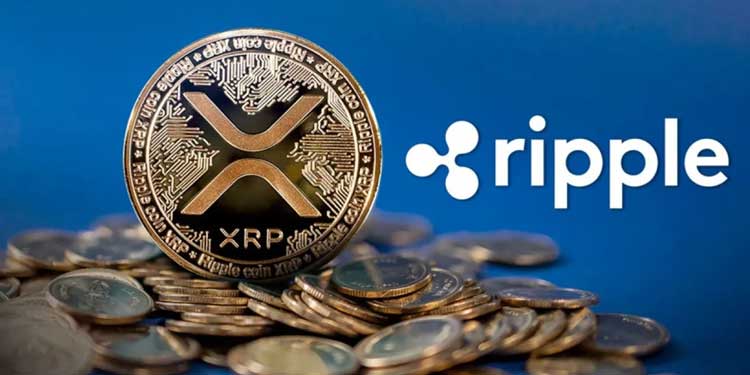The XRP Ledger has expanded its role in the decentralized ecosystem by incorporating biometric identity features through a groundbreaking innovation developed by DNA Protocol. This development marks a significant shift in the scope of blockchain applications, as XRP now serves as the foundation for securing genomic data in a verifiable, decentralized manner. The system introduced, known as the Genomic Hash Mesh, enables real-time cryptographic verification of human DNA directly on-chain, representing what the creators describe as an unprecedented advancement in digital identity infrastructure.
According to DNA Protocol, the Genomic Hash Mesh establishes a new model for identity validation by transforming DNA sequences into hashed data using zero-knowledge differential compression techniques. This approach allows for the creation of privacy-preserving identity proofs that can be authenticated on a blockchain without storing sensitive raw genetic information. These hashed genomic signatures are then validated across a decentralized mesh network, with each node functioning as a validator that attests to the authenticity and integrity of DNA transitions such as mutations, sequence changes, and lineage confirmation.
Blockchain Meets Biomedicine in Real-Time
The infrastructure is designed to maintain the confidentiality of genomic data while enabling trustless identity validation. Nodes in the mesh network commit cryptographic proofs to the XRP Ledger using Merkle-linked attestation, ensuring immutability and real-time processing. This architecture offers the dual benefit of verifiability and privacy, key considerations for biomedical and clinical applications.
One prominent digital asset analyst highlighted XRP’s technical advantages as a foundational element of this system. The XRP Ledger’s low transaction costs, rapid settlement times, and global availability were cited as critical components that make the Genomic Hash Mesh scalable and clinically adaptable. These features enable consistent performance in handling high-integrity data, an essential factor when dealing with biological records that demand both precision and speed.
XRP is no longer just powering payments — it’s now securing human biology.
DNA Protocol just developed a live Genomic Hash Mesh on the XRP Ledger.
Not a concept. Not a whitepaper.
A working cryptographic system where your DNA becomes a verifiable identity anchor — on-chain.… pic.twitter.com/yqTq84DPlV— Pumpius (@pumpius) June 13, 2025
Enabling Decentralized Identity and Health Use Cases
By leveraging the unique capabilities of the XRP Ledger, DNA Protocol aims to support a growing range of identity-driven solutions. Among the potential applications mentioned are zero-knowledge health passports, biometric-based Know Your Customer (KYC) processes for financial institutions, and international genomic insurance services. These use cases operate securely without ever exposing raw genetic data to third parties, while verification is performed entirely on-chain.
The implications extend beyond identity management. The system is also poised to contribute to decentralized scientific research and artificial intelligence training models. With the user’s consent, genomic hash data can be employed in areas such as personalized clinical trial matching and secure access to digital health vaults. These capabilities indicate a wider movement toward decentralized science (DeSci), where user-controlled data becomes the cornerstone of next-generation research and innovation.
XRP Anchors a New Era in BioFi
Through this integration, XRP is playing a pivotal role in what DNA Protocol defines as BioFi—a fusion of blockchain finance with biology-driven digital identity. The initiative underscores a broader trend of merging technological infrastructure with real-world biomedical use cases. As blockchain matures beyond simple transaction logging, the inclusion of genomic identity validation points to a future where decentralized technologies underpin critical aspects of human life, from healthcare access to identity security.
With the launch of the Genomic Hash Mesh, the XRP Ledger not only reaffirms its relevance in fintech but also enters uncharted territory as a secure platform for biometric identity systems, setting the stage for a new era of innovation at the intersection of blockchain and bioscience.









